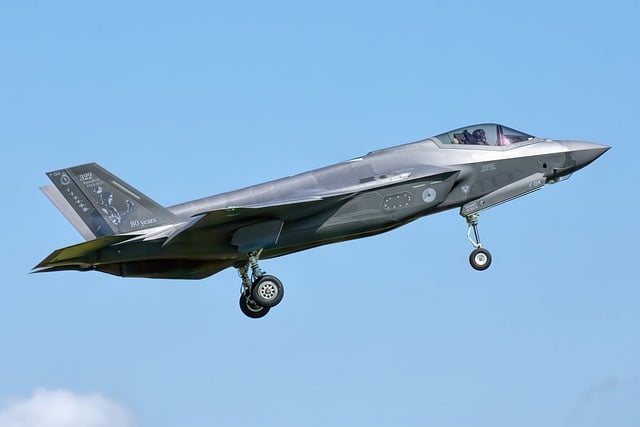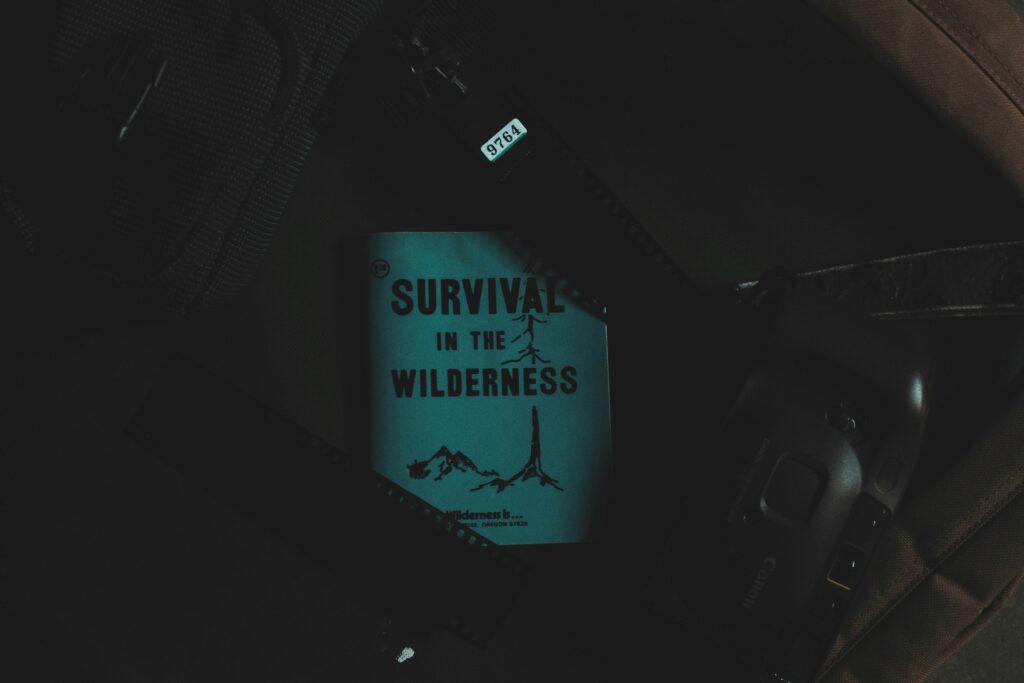Introduction
Vlogging has been through the wringer. Platforms have come and gone. Algorithms are constantly shifting beneath creators’ feet. But despite all of it, vlogging hasn’t just survived — it’s adapted. It’s moved with the current instead of fighting it: leaning into new formats, tighter editing, rawer storytelling, and quicker turnarounds.
Heading into 2024, the rules are changing again. Audiences aren’t just looking for polished production anymore. They want consistency, honesty, and bite-sized value. Platforms are rewarding creators who can post fast without losing the thread. And those who find a niche and stay locked in? They’ll see stronger engagement and higher conversions than the ones chasing every trend.
Put simply: the game isn’t dying. It’s just evolving. And for creators who pay attention, this is the moment to sharpen their edge.
Enemy AI has come a long way from simple patrol routes. In today’s games, line-of-sight matters more than ever. Most NPCs calculate detection based on actual view cones. That means cover works—until you lean out. Staying out of their visual range is half the stealth game. Light and elevation also play roles. Most systems take verticality into account, and bright environments make you easier to spot.
Then there’s sound. Noise gets you caught just as fast as being seen. Running, reloading, or knocking something over alerts nearby guards. Many modern engines simulate sound propagation in a realistic way, bouncing it down hallways or around corners. Silenced weapons help—but nothing is truly silent.
When enemies hear or see something out of the ordinary, they move through alert states. Calm means everything’s normal. Suspicious means they heard or saw a hint of you—they’ll investigate. Hostile means you’re found, and now it’s a fight. AI units often work together, so if one goes hot, others nearby can join in.
All of this impacts how you play. Rushing in alerts everyone. Playing it slow gives you control. Smart players read AI patterns, use distractions, and play angles. The best games make their enemy behavior feel believable, which puts the pressure on you to act deliberately.
Distraction, Diversion, and Deception
Sometimes stealth isn’t about staying silent. It’s about misdirection. The best infiltrators know how to control the battlefield without being seen. Noise makers, thrown bottles, sudden flashes of movement in the corner of a guard’s eye—these are your tools. Use them to shift attention, pull enemies out of position, and break formations.
Separating targets is key. A patrol is hard to handle as a group, but once you peel one off, it gets easier. A sound in the alley. A light flickering on. A door swinging open with no one there. These moments create cracks in security.
And don’t underestimate the power of chaos. Not every situation lands you a clean exit. Sometimes the smartest play is a loud one—smoke grenades, alarms, sprint for the door. Deceptive tactics work both ways: slip in quiet, leave loud, leave fast.
The goal is always control. Keep the enemy guessing. When done right, they’ll never know you were there until it’s too late.
Build for Control, Not Conflict
Stealth gaming has always rewarded patience over pressure. The tools aren’t built to mow down enemies, they’re designed to give you options. Silencers, thermal and night vision, EMP grenades, and camo suits are about shaping your environment—controlling when and how you’re seen, not dominating with brute force.
In Hitman, the loadout leans minimalist. Fiber wire, coin distractions, and a silenced pistol. You use the map, not the weapon wheel. Splinter Cell goes a bit deeper—Sam Fisher walks in with sticky cams, optic cables, and EMP rounds. It’s control by intel. Metal Gear Solid brings the most tech to the table but still hinges on the same principle: avoid spotlight, keep the upper hand through non-lethal force and situational awareness.
In every case, firepower is a backup plan, not a first move. These games remind us that the best loadout is the one that lets you dictate terms and tweak the mission flow to your style. Silent, strategic, flexible. That’s the play.
How Not to Panic When Detected
Getting spotted happens, even to the best. The difference between surviving and restarting lies in how you respond. Step one: don’t button mash. Stay calm. Assess. Sometimes the enemy’s line of sight is short. Sometimes it’s just a warning tug, not a full alert. You panic, you blow it.
Stealth recovery is a skill, not luck. Escape routes aren’t just for show. If you’ve scoped the area before moving in, you’ve got options. Duck into shadows. Break line of sight. Use vertical space or crowd clutter to disappear. Most games with stealth systems have cooldown timers before alert phases reset. Let that clock tick without drawing more heat.
And yeah, you’re going to mess up. What matters is treating failure like data. What triggered the alarm? Where did you slip? Learn it. Adjust your path next run. No need to rage quit. The smartest stealth players are the ones who fail a lot—but never the same way twice.
Some players like to disappear into the level — no bodies, no alerts, no sensors triggered. Ghost runs demand absolute discipline. You observe patterns, you move when the cameras turn away, and you touch nothing you don’t need to. The goal isn’t just stealth; it’s invisibility. Then there are the silent eliminators: equally precise, but with a sharpened edge. These players drop enemies one by one without raising the alarm. Still quiet, but leaving a trail that only the sharpest AI might notice.
What gives either approach an edge is manipulating AI behavior. A door left open, a body moved into a blind spot, or a gadget fired just off-screen — small changes that throw off patrol paths or bait movement. And if you’re going full ghost or stacking takedowns in rhythm, timing becomes everything. Multi-target engagements are less about reflex and more about flow; it’s choreography. You don’t just clear the room — you rewrite how it moves.
Both styles thrive on control. One works by never being seen. The other, by never leaving anyone to report what they saw.
Competitive games push your brain and reflexes harder than most realize. At their core, they sharpen the exact instincts stealth gameplay thrives on—quick reads, clean timing, and decisive actions. If you’re used to lane dodging in a MOBA or peeking tight corners in a tactical shooter, you already understand the value of patience and split-second execution. Those habits carry over into stealth.
Tactical thinking becomes less about guesswork and more about predicting behavior. You start to preempt enemy routes, manage noise and movement with intent, and plan escapes three steps ahead. Competitive games also teach you to adapt under pressure. One wrong move in stealth doesn’t have to end in failure if you’ve built up the resilience to stay calm and reset on the fly.
Stealth gets cleaner when your foundation is competition. You move with more purpose and stay alert longer. It’s not just about hiding—it’s about control. You’re not the hunted; you’re the one setting the pace.
Related read: Climb Competitive Ranks in Online MOBAs
There are no shortcuts in this game. Every creator who’s still standing knows that success doesn’t come from hacks or luck—it’s built by refining your process until it runs lean and sharp. That means knowing your flow, tightening your edits, trimming the fat from your scripts, and shooting like every second counts.
Speedrunners don’t just play fast. They study every move, track every frame. Same goes for top vloggers. Watch your old content. Note what landed and what lost steam. Steal the science from pro players—the precision, the review mentality, the obsession with micro-improvement.
Above all, stay cool. You don’t need to be loud to stand out. The smart ones operate just under the radar, invisible to chaos, locked in on their lane. Iterate quietly, publish boldly. That’s how you move through 2024 without getting lost.





